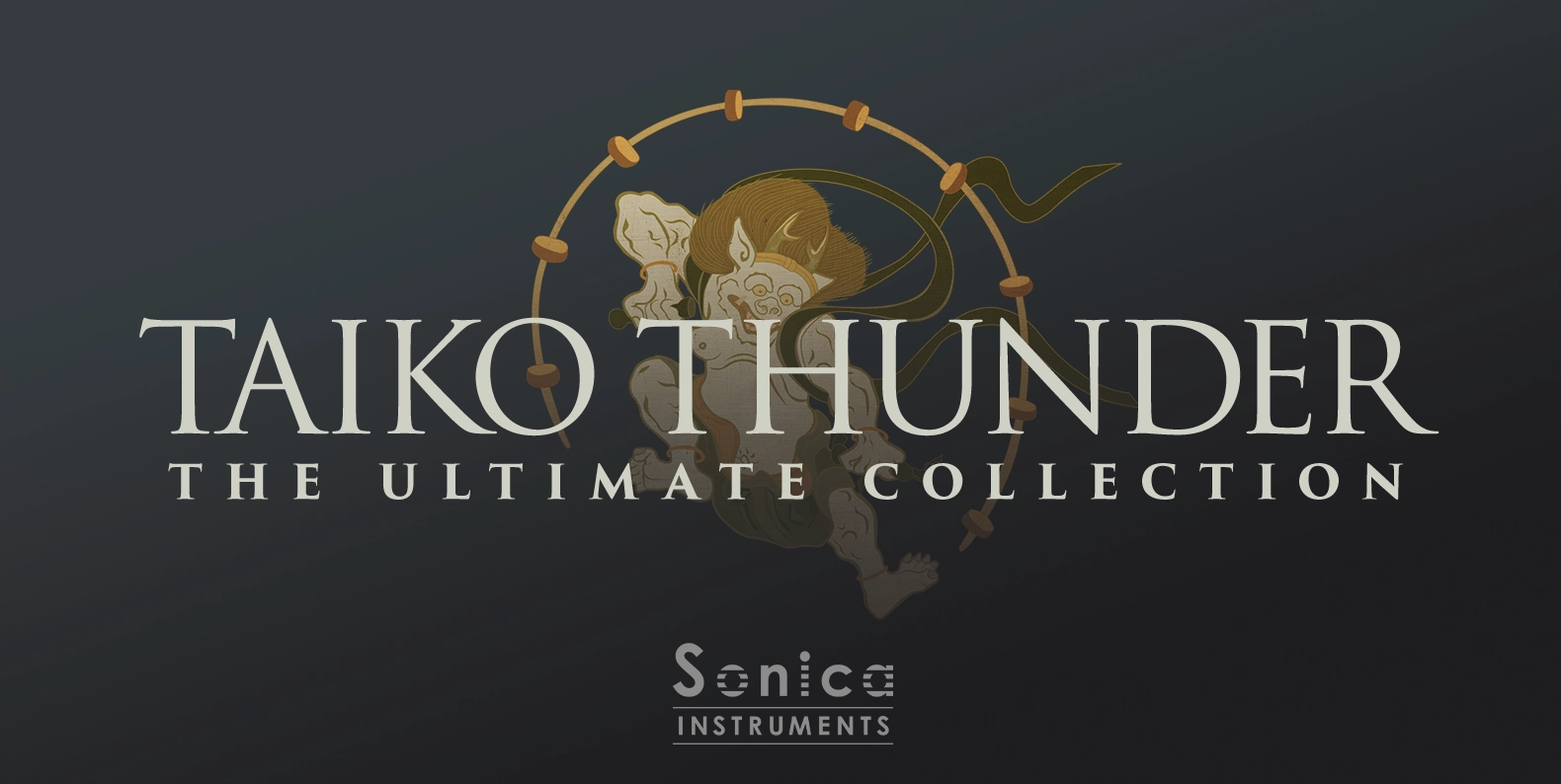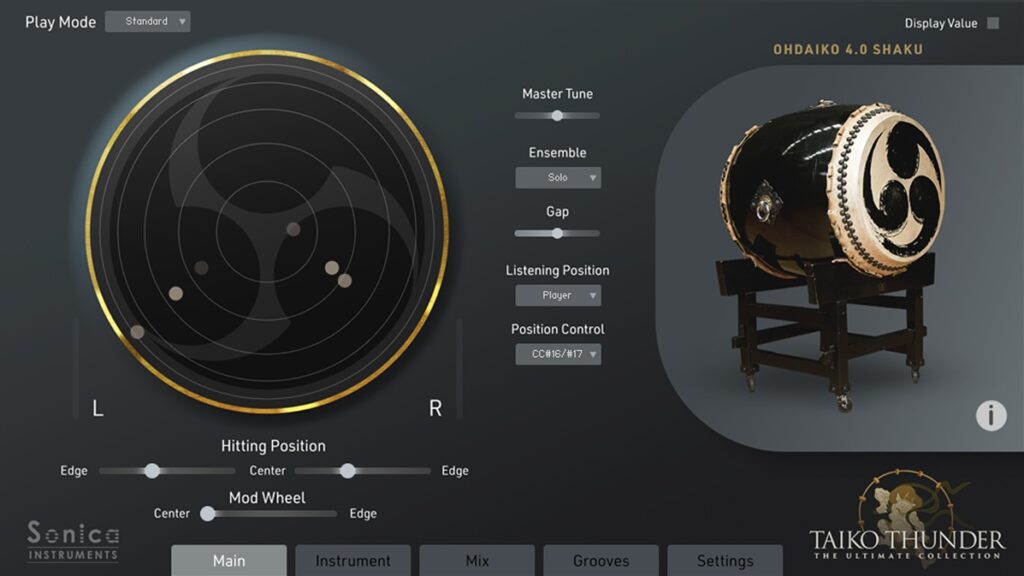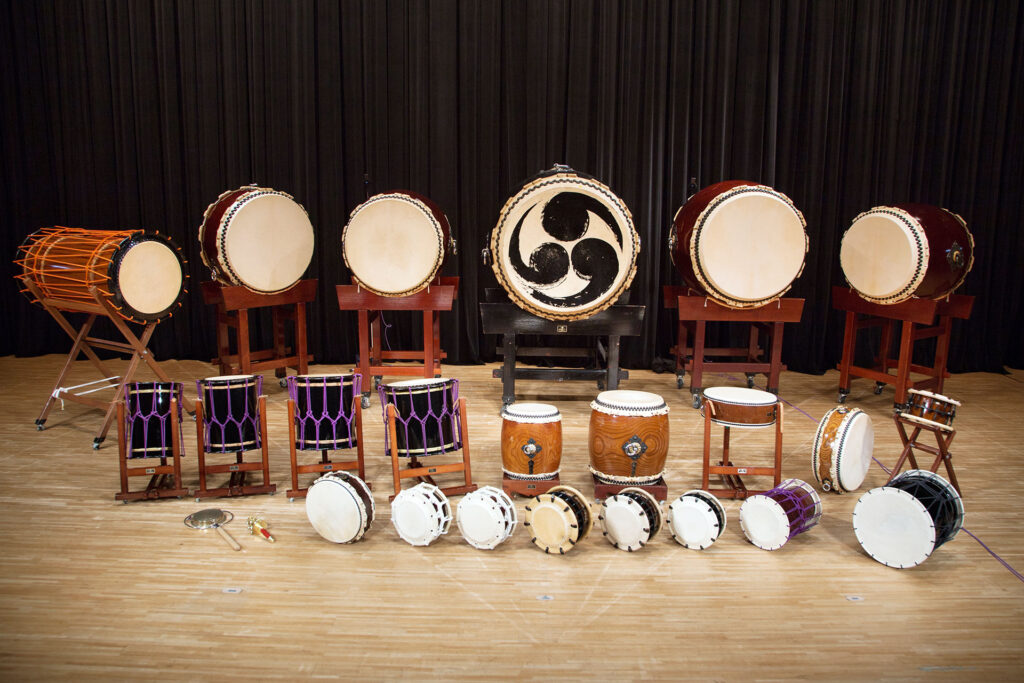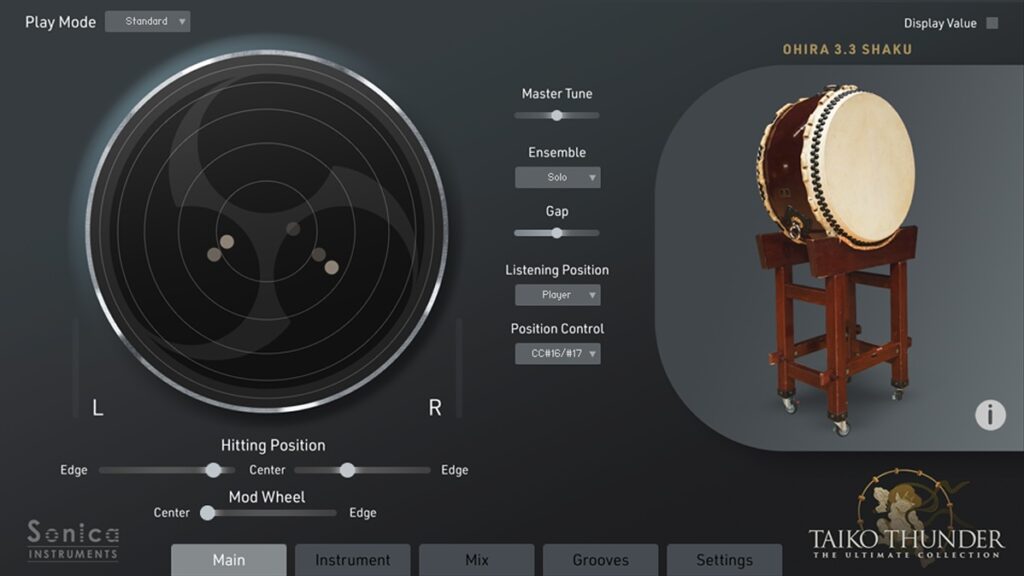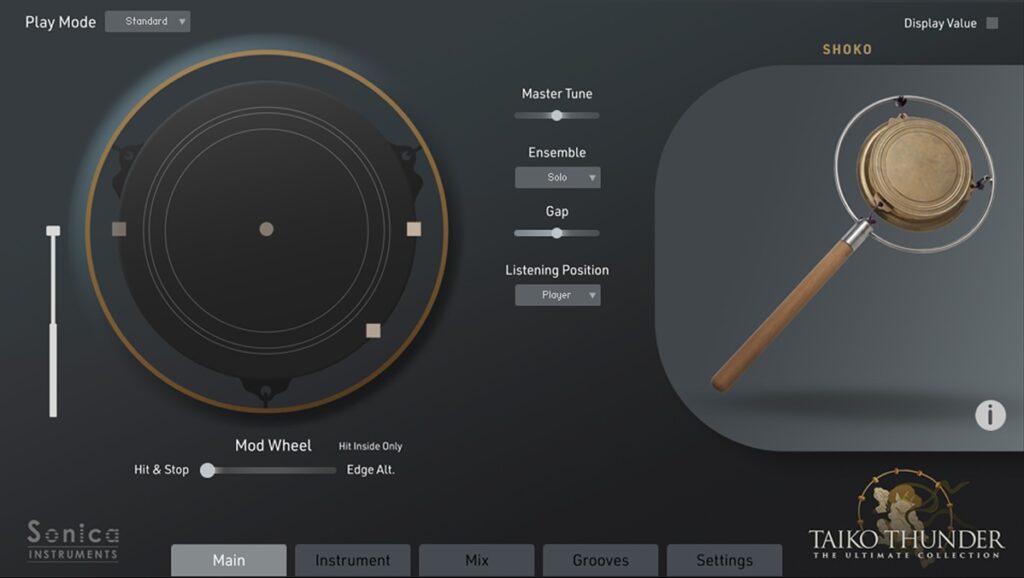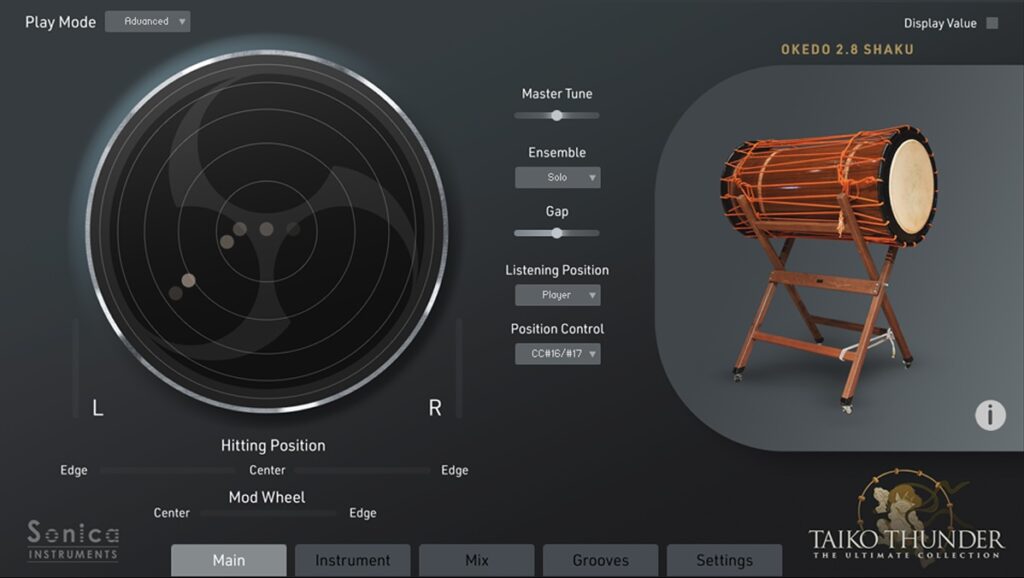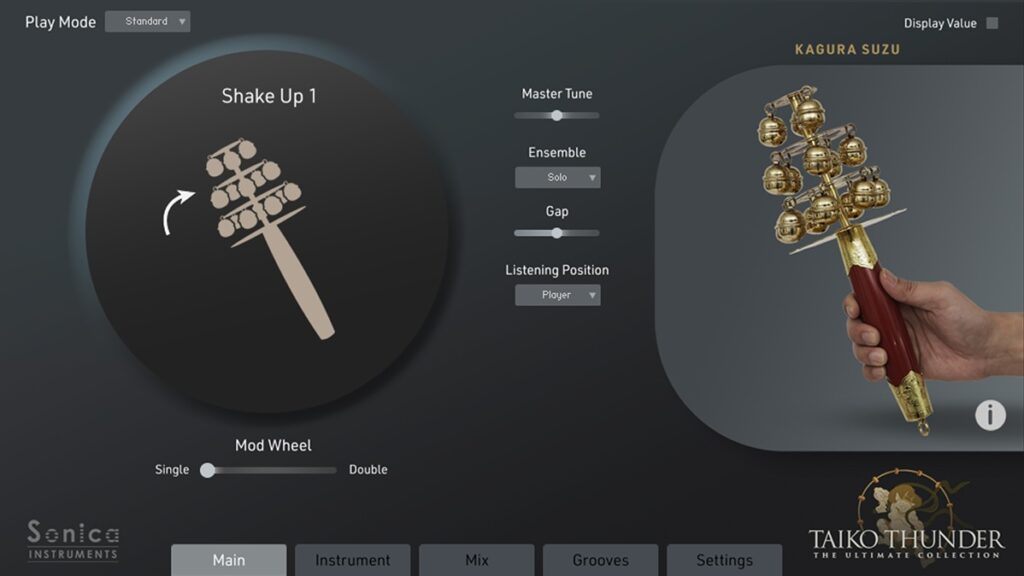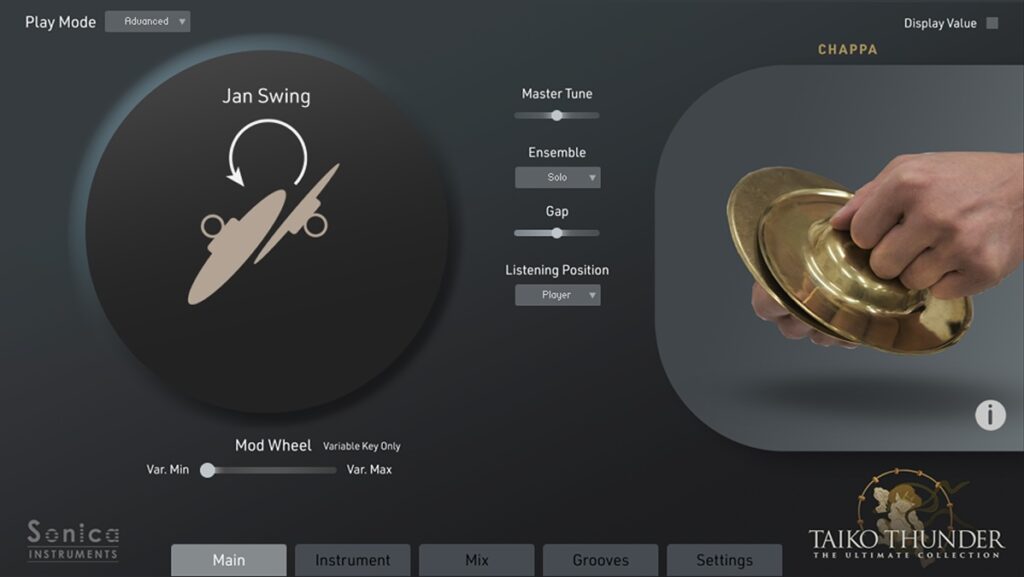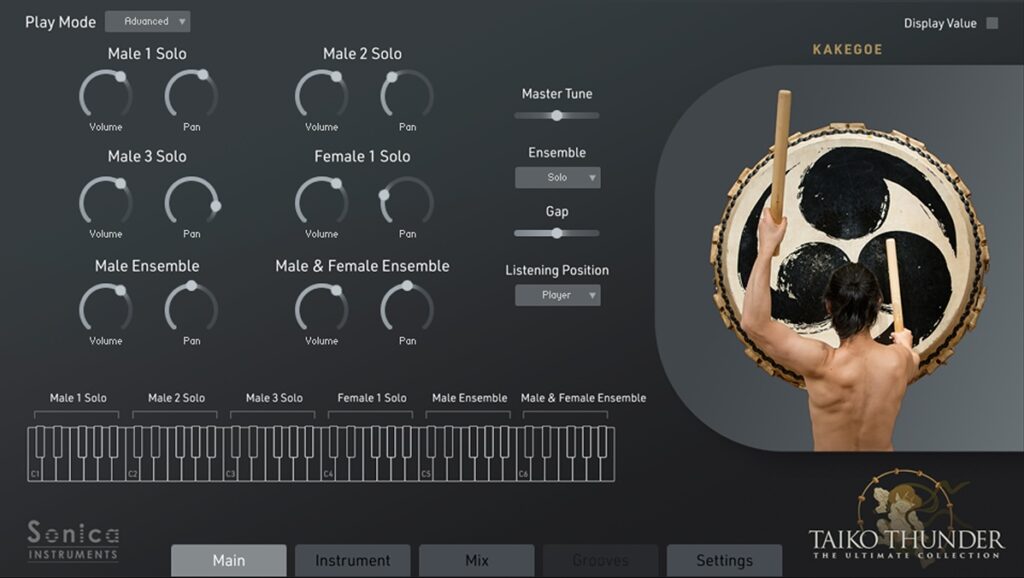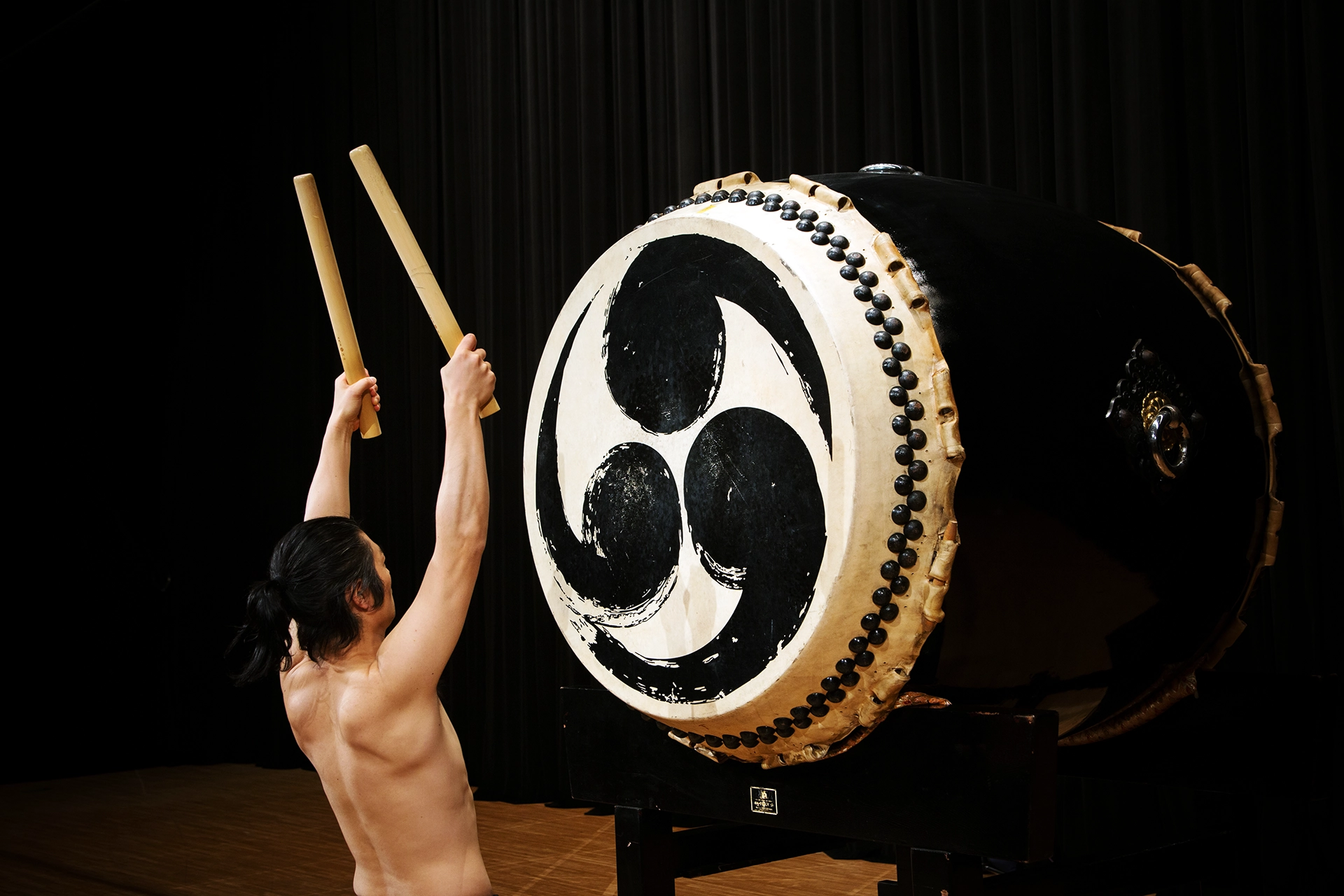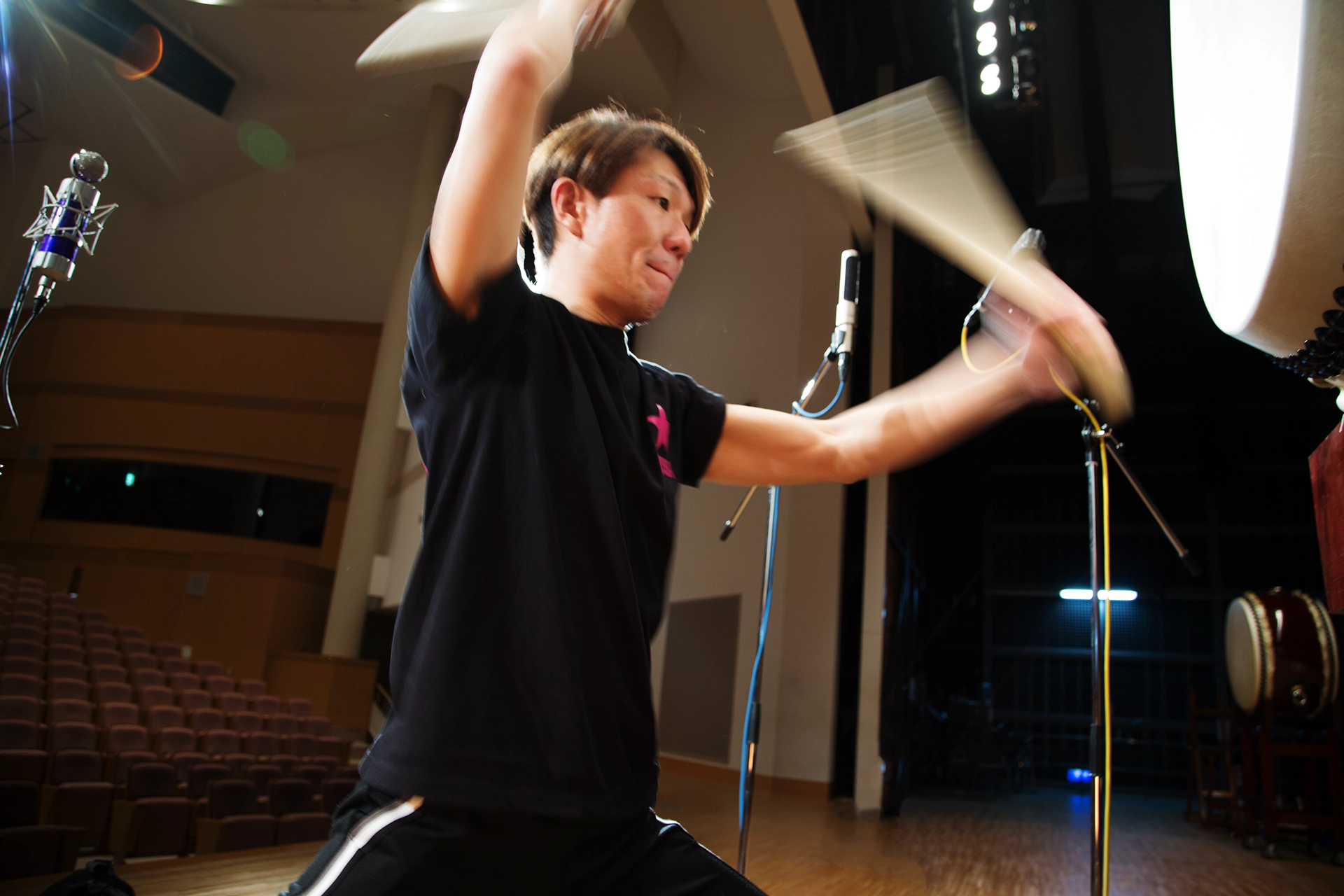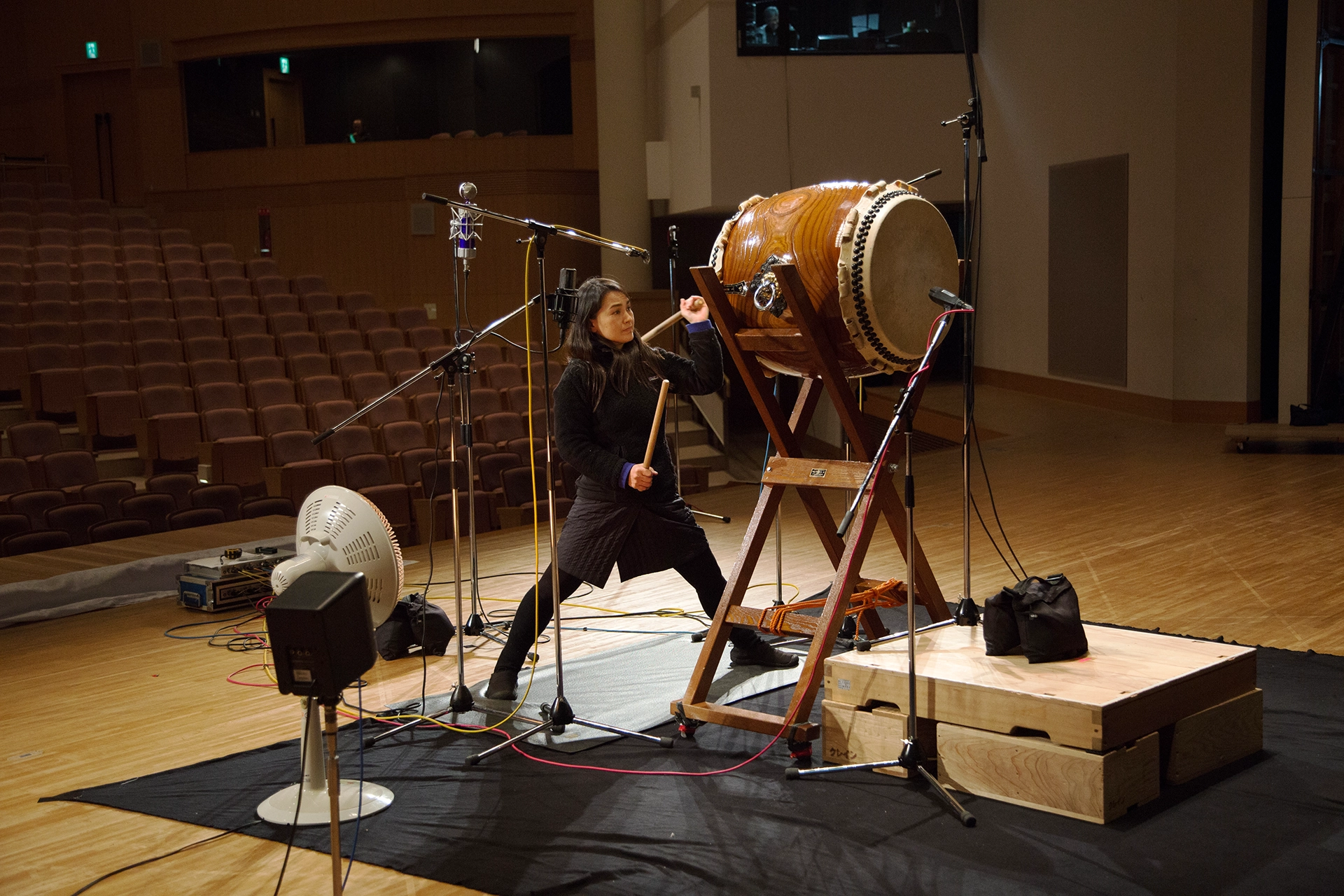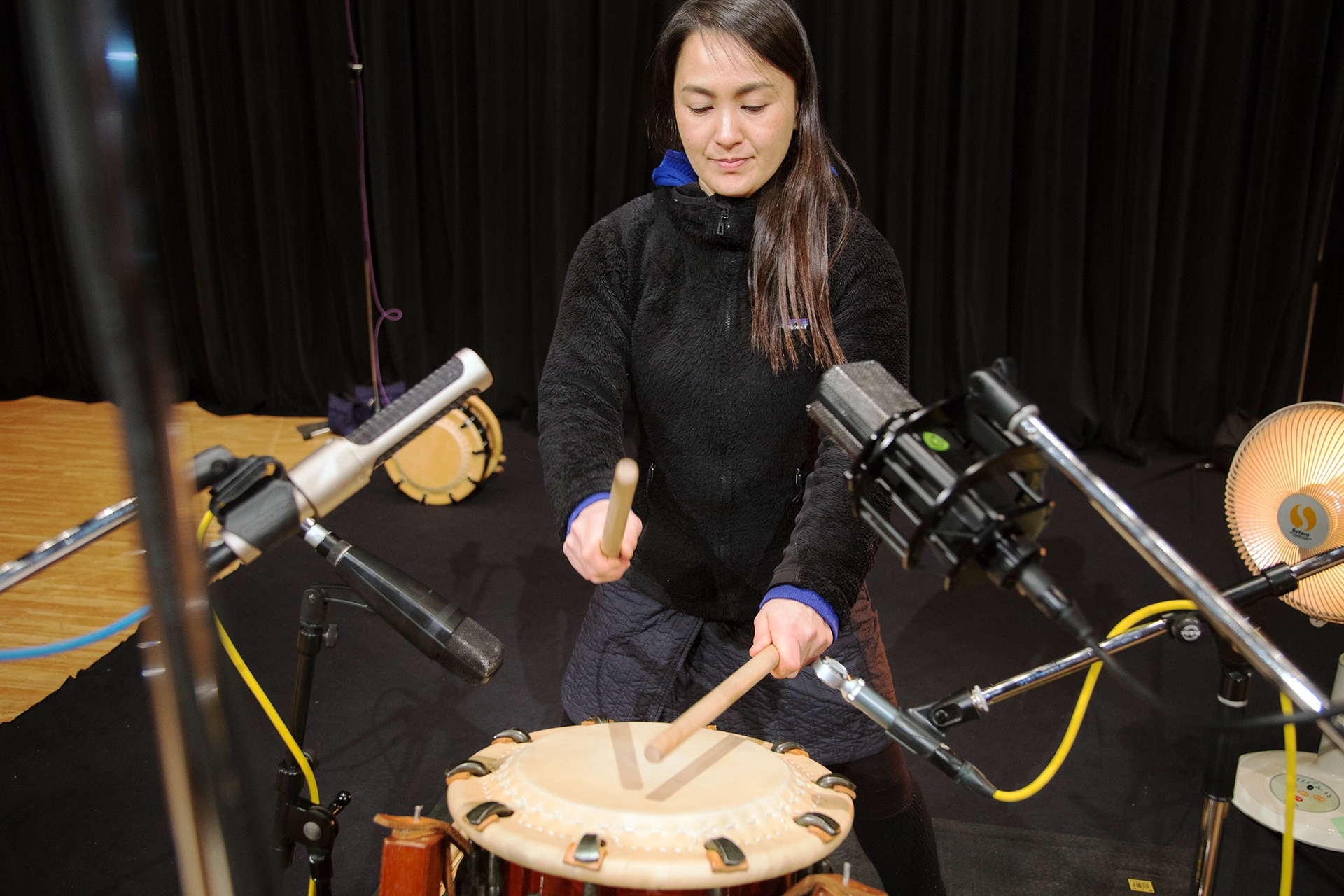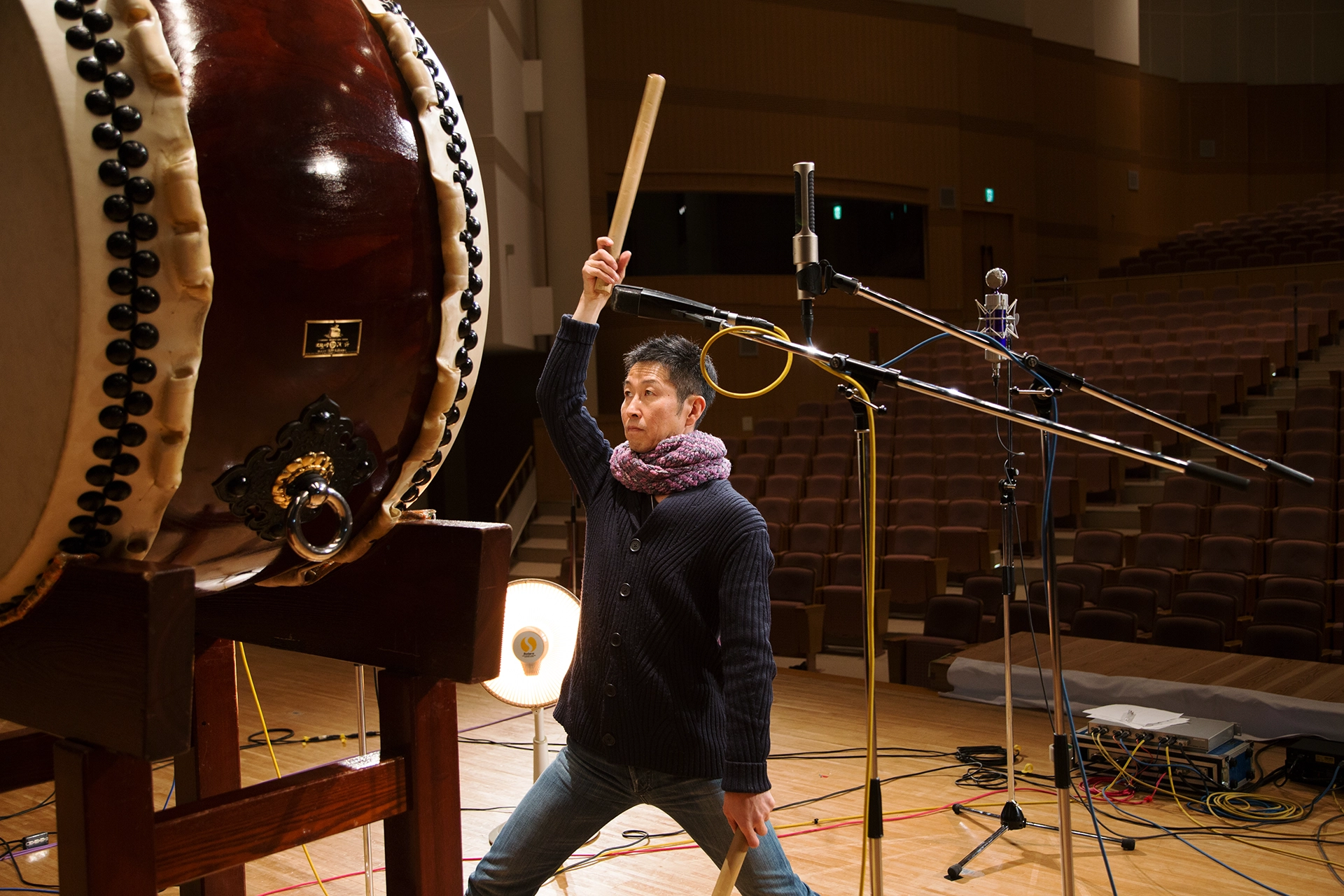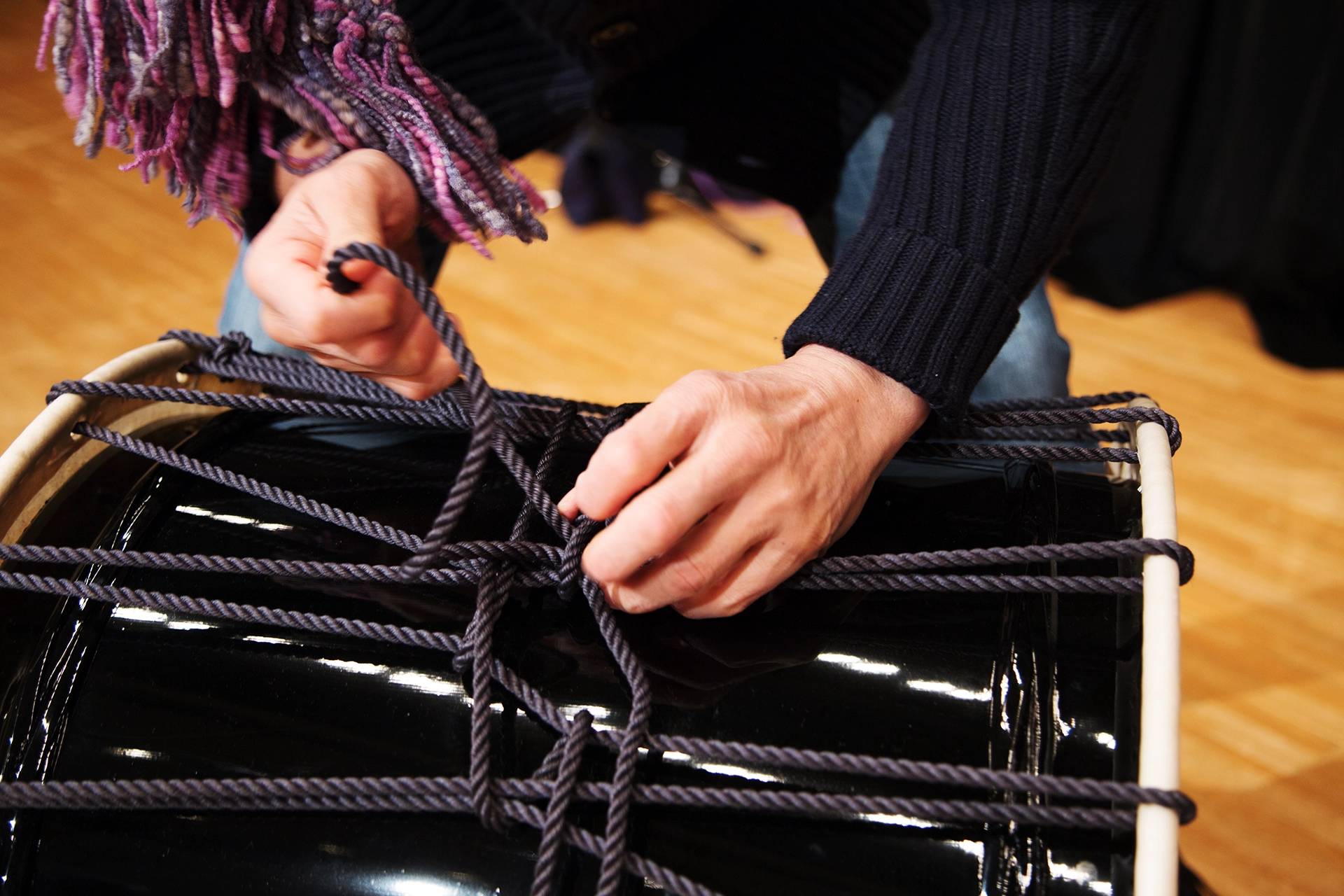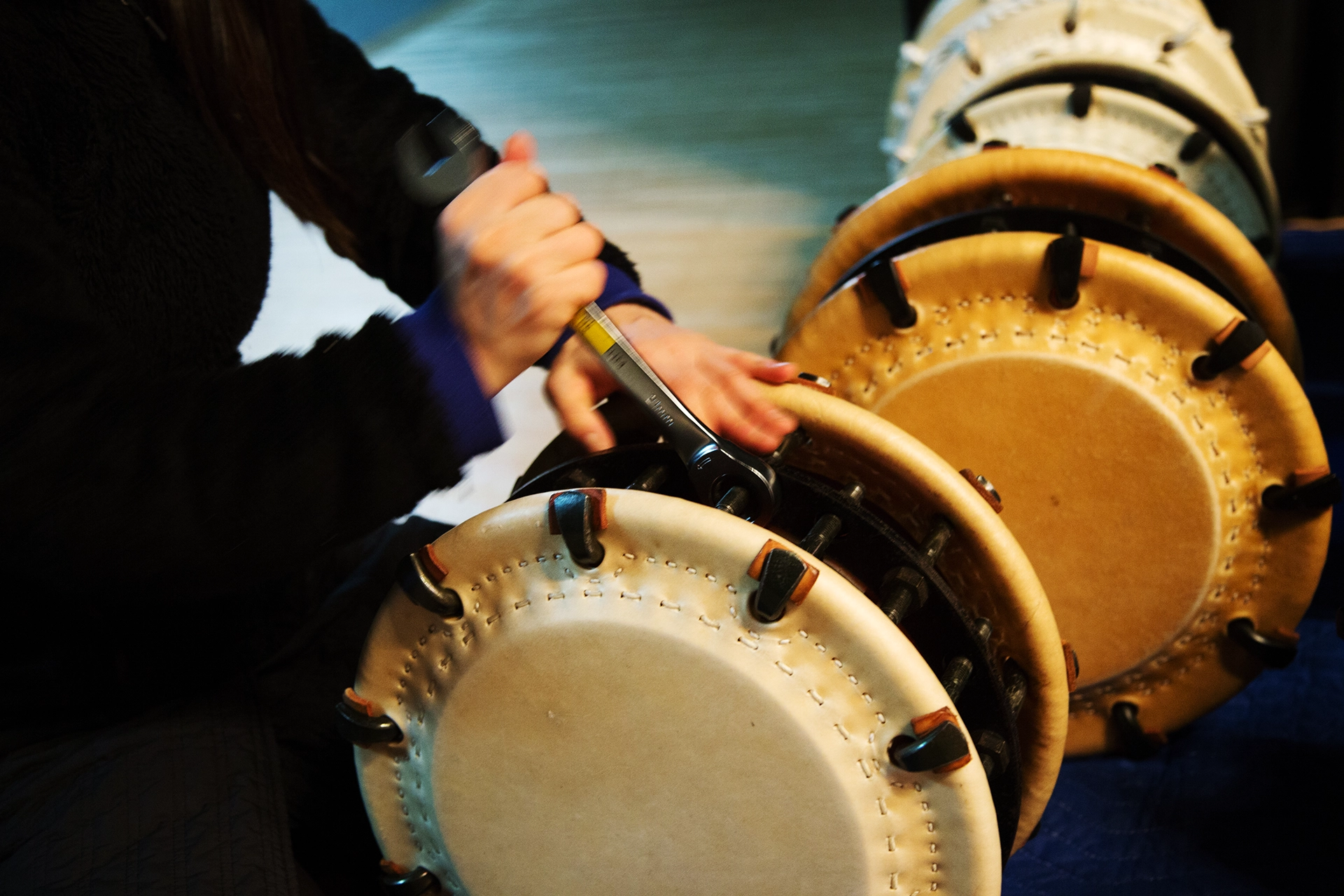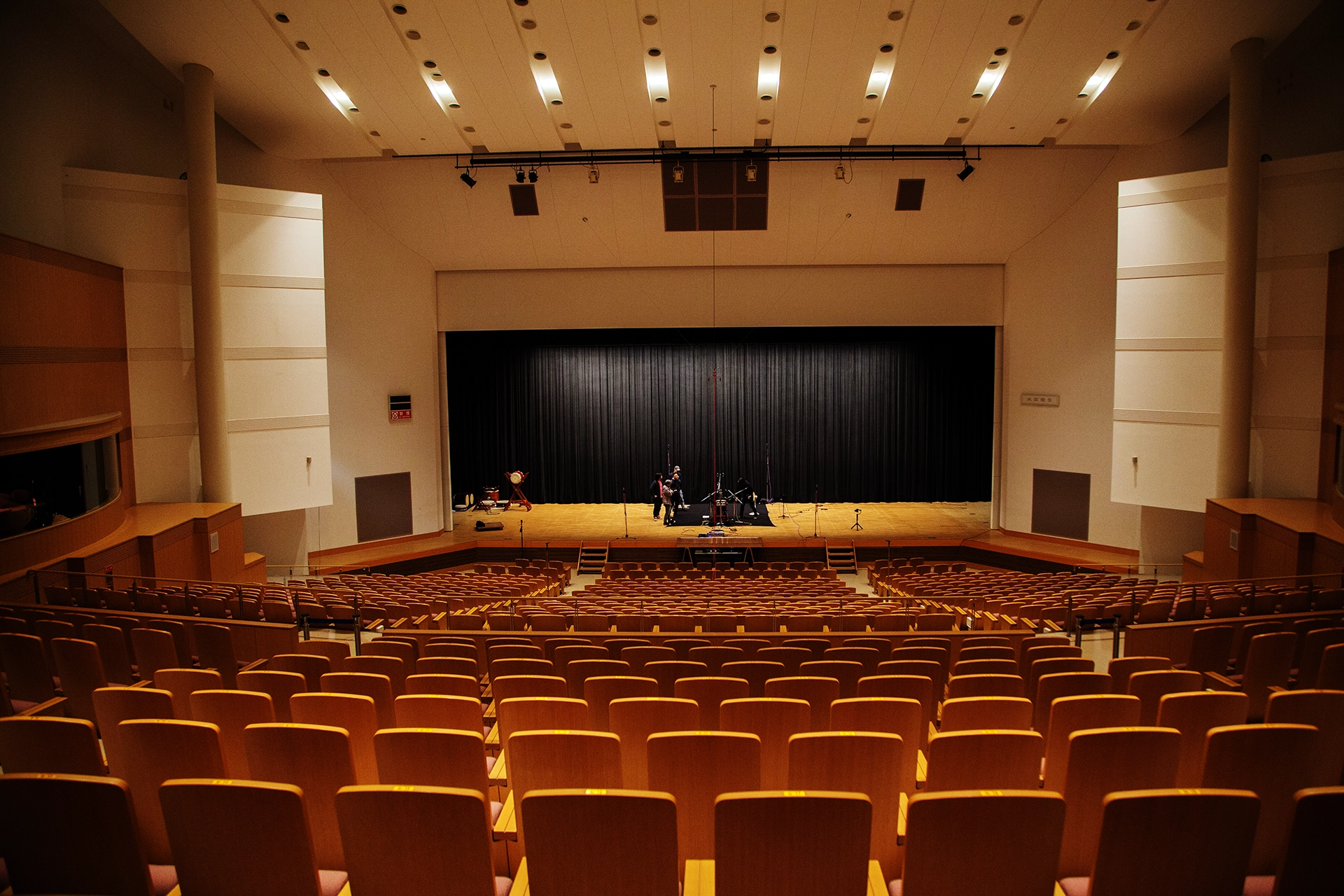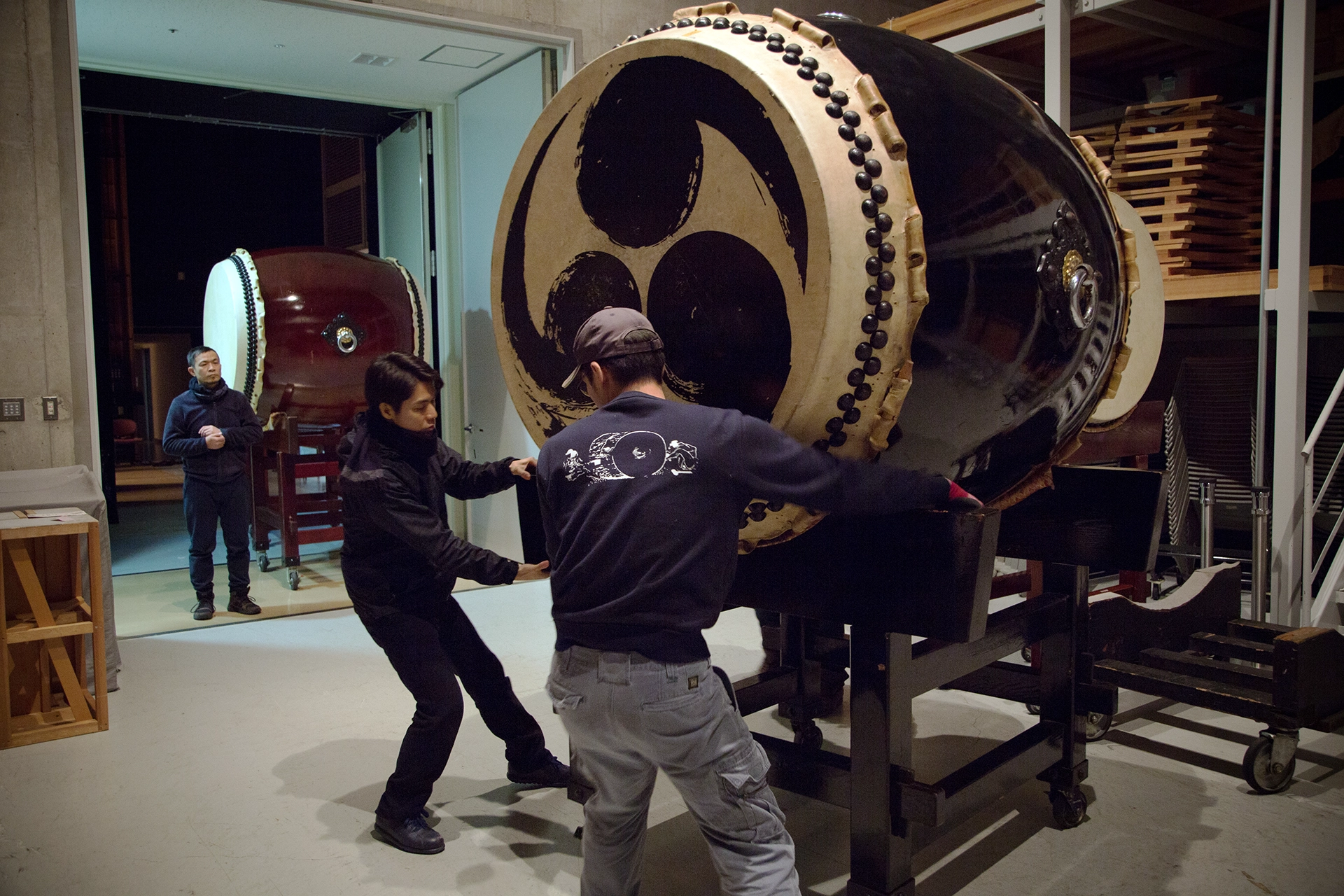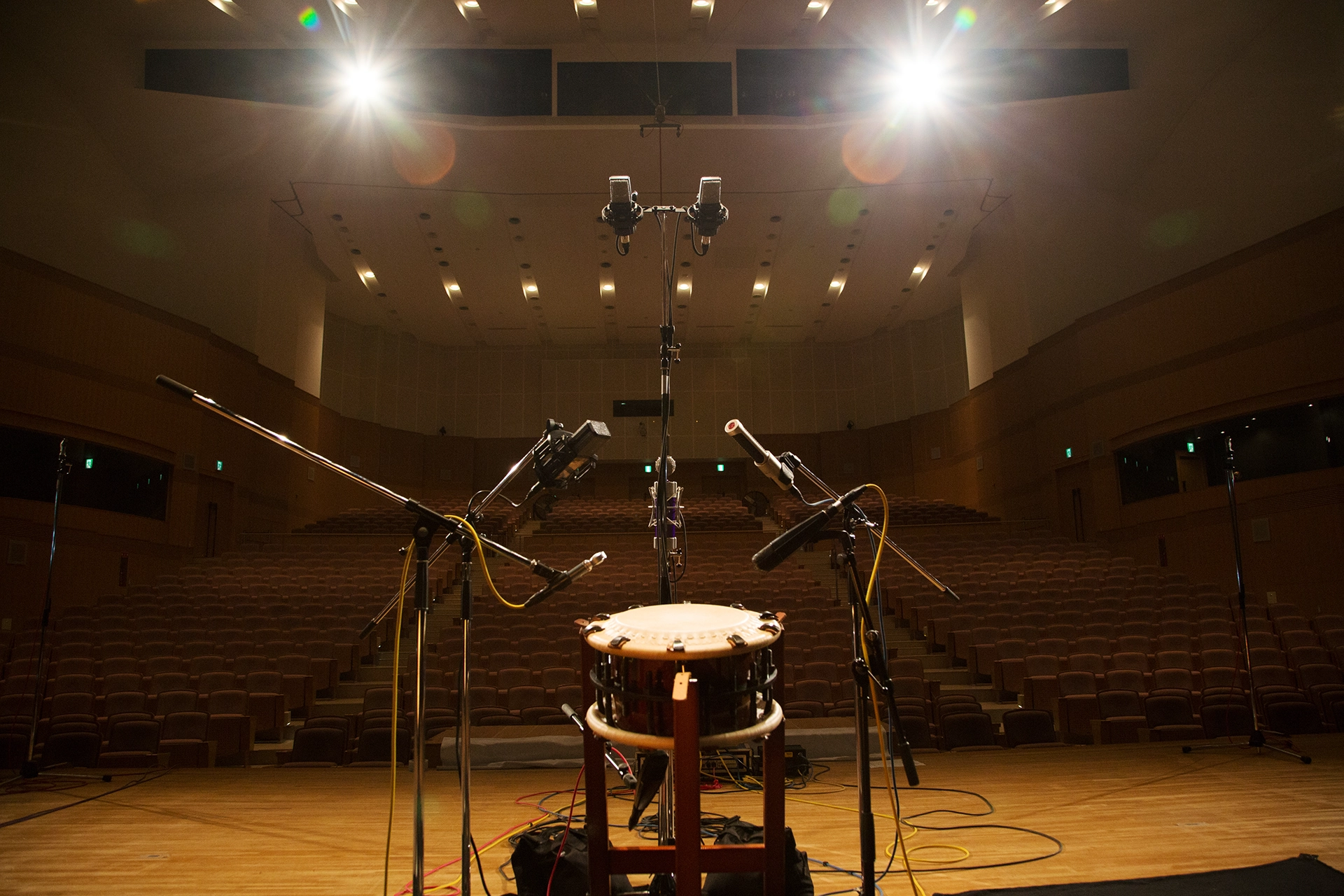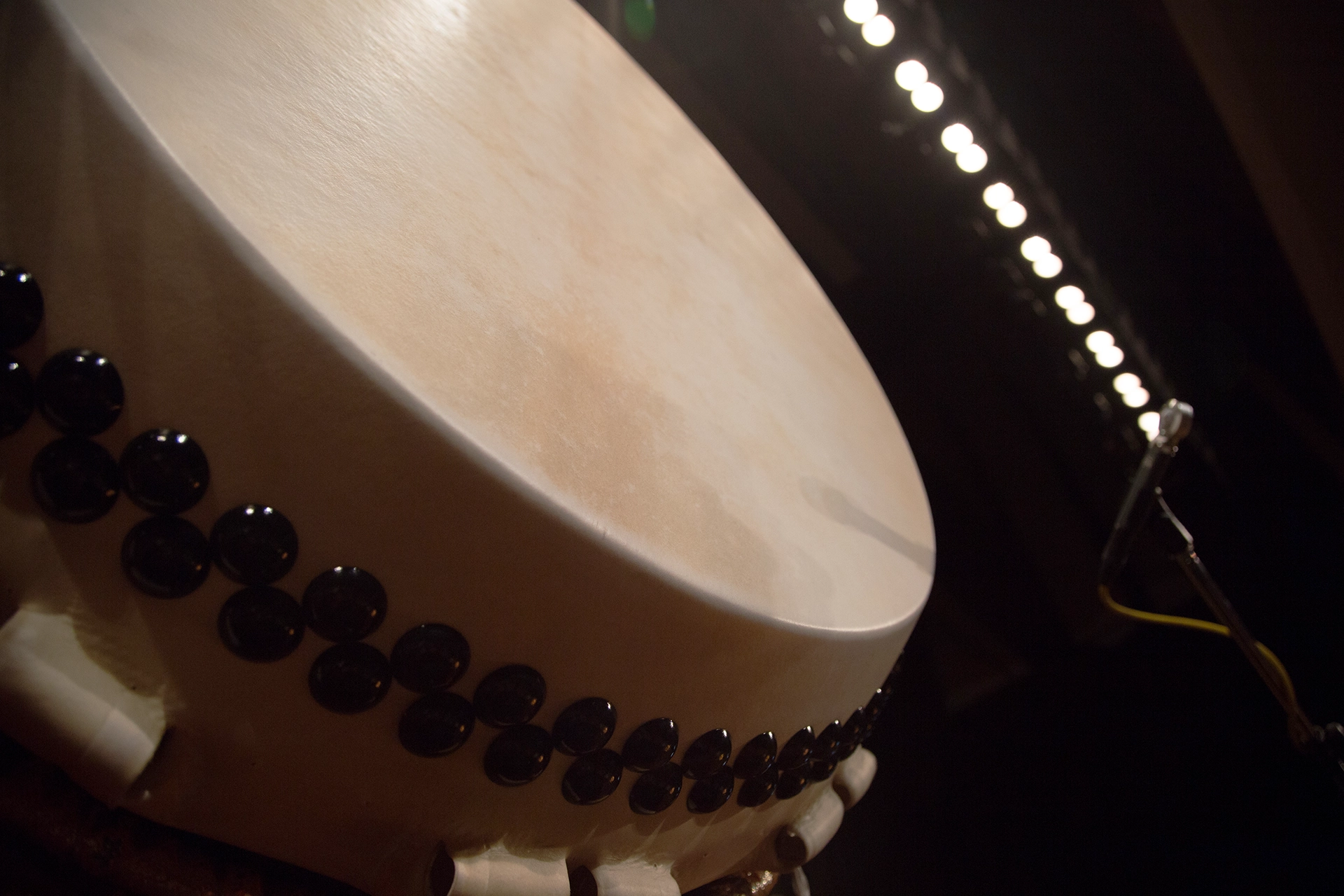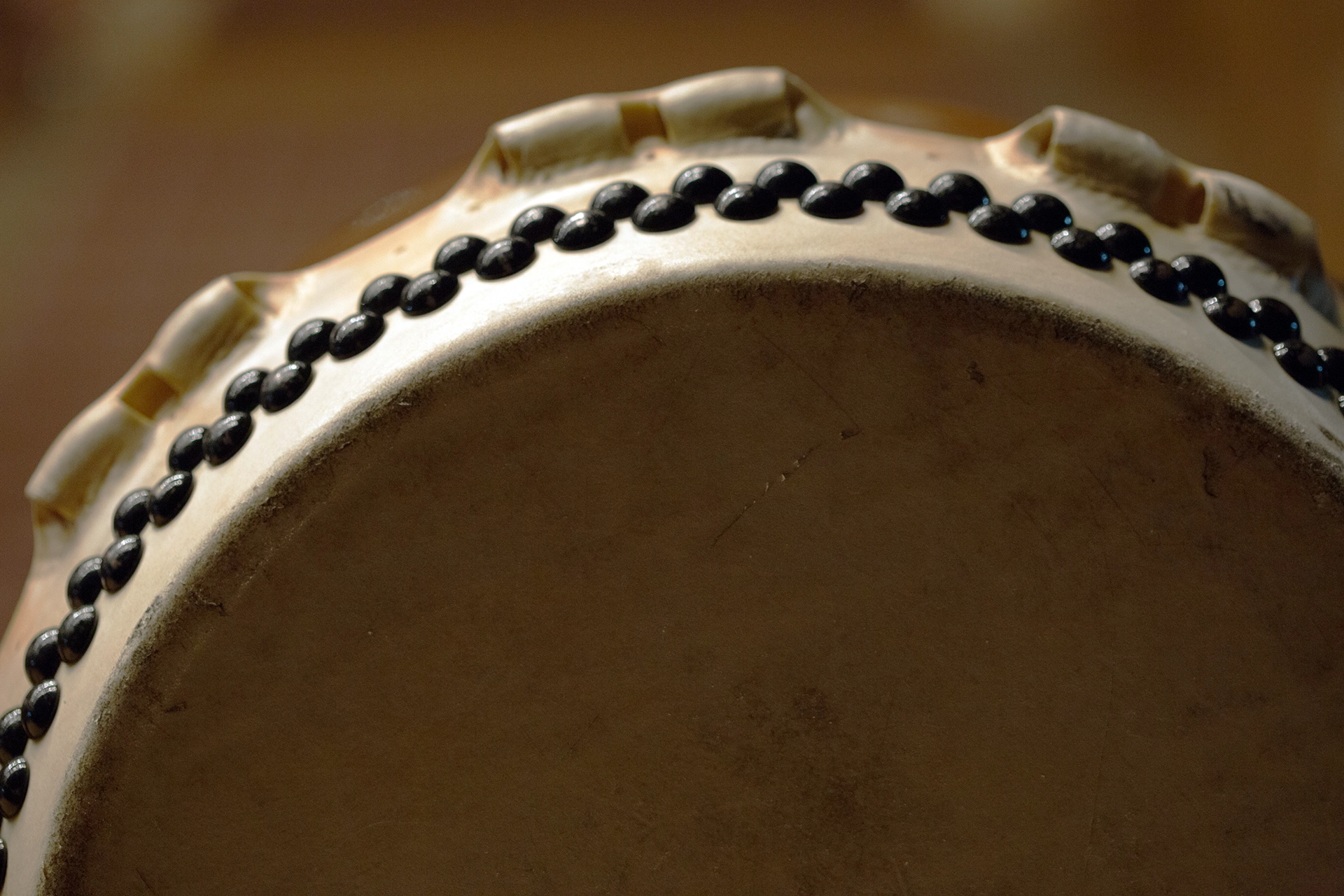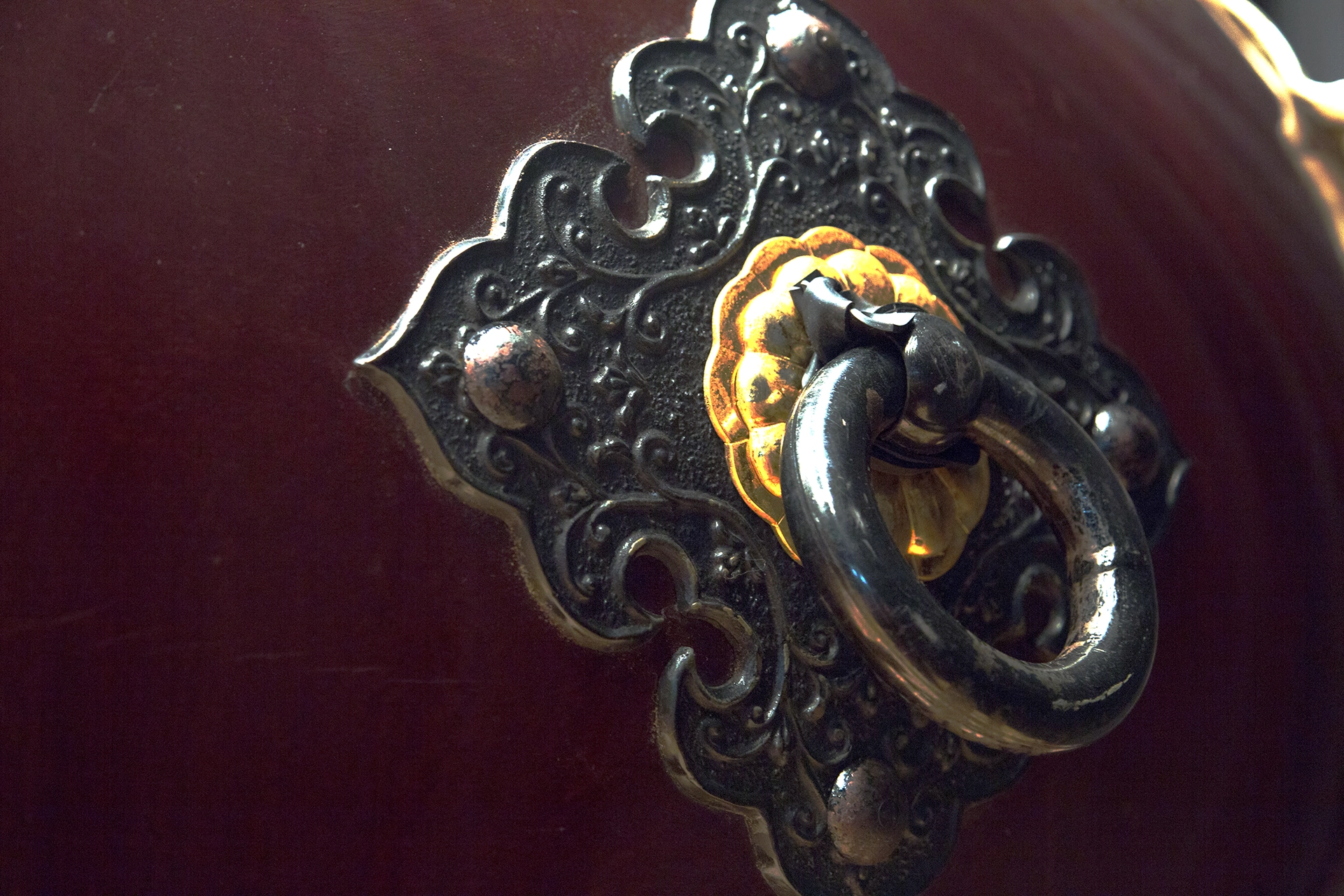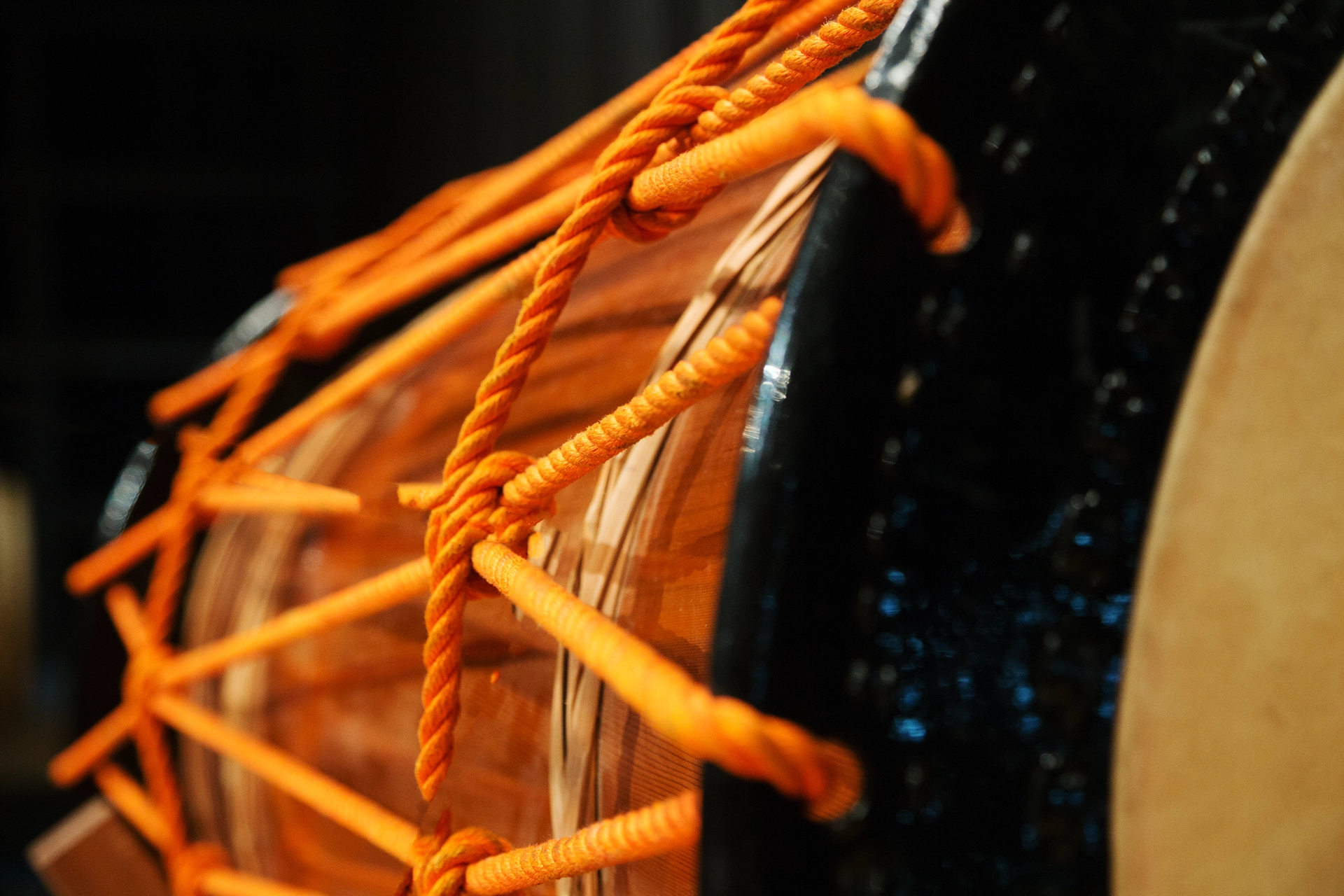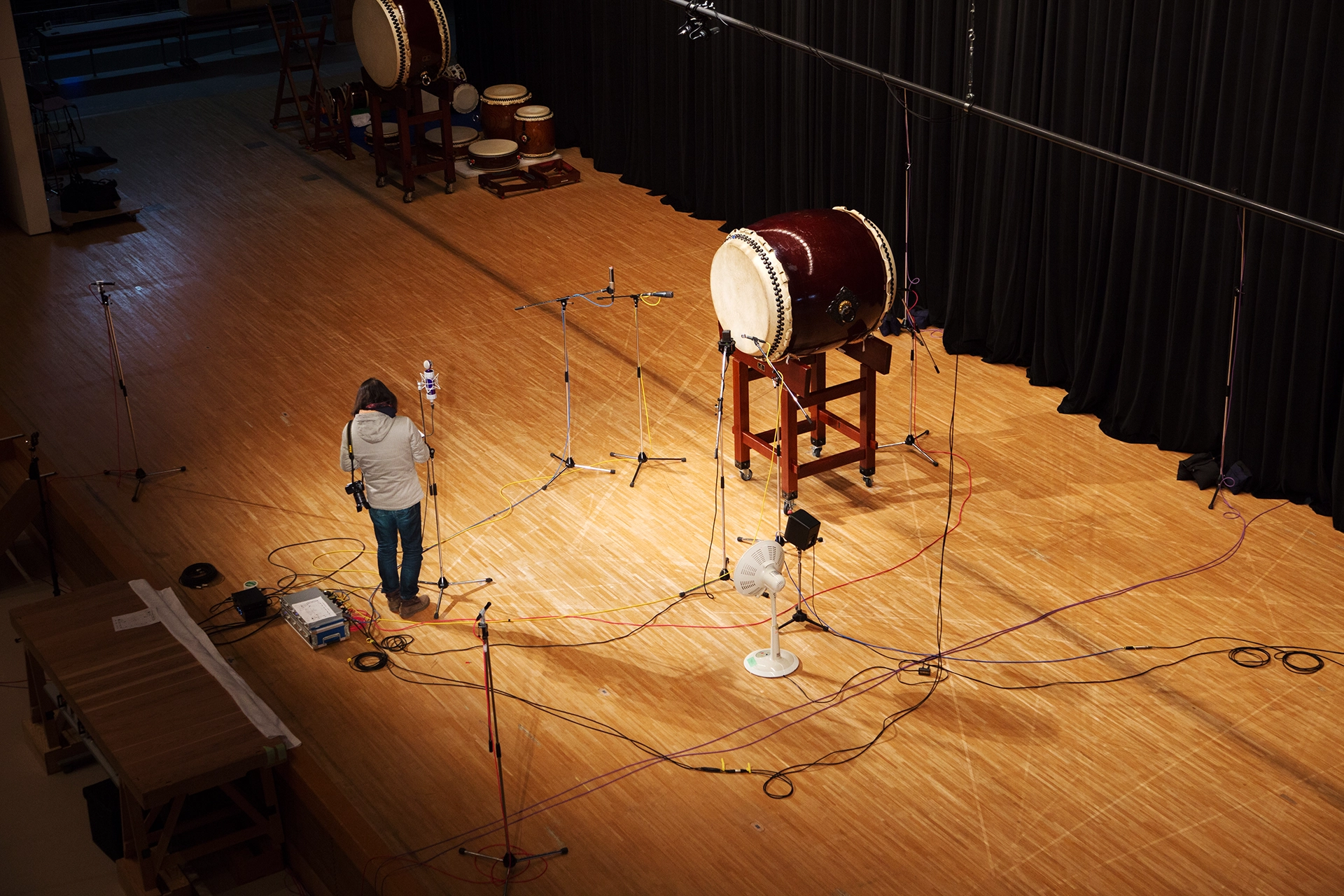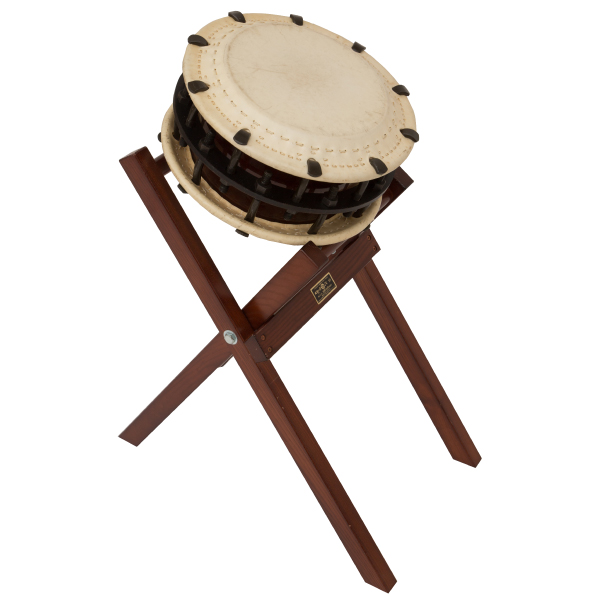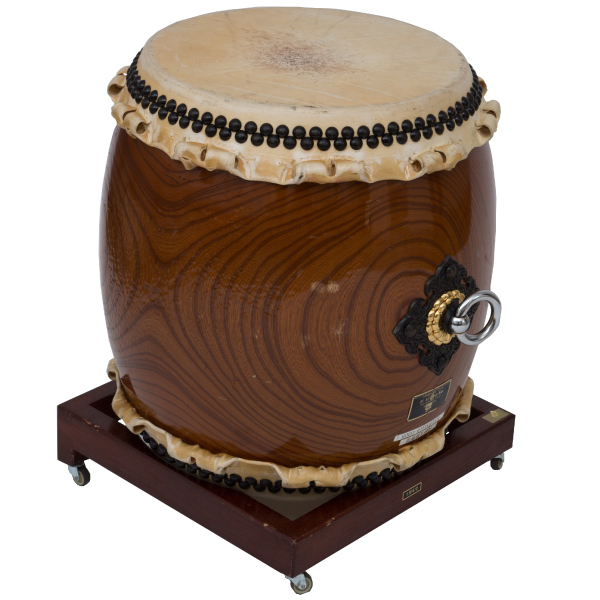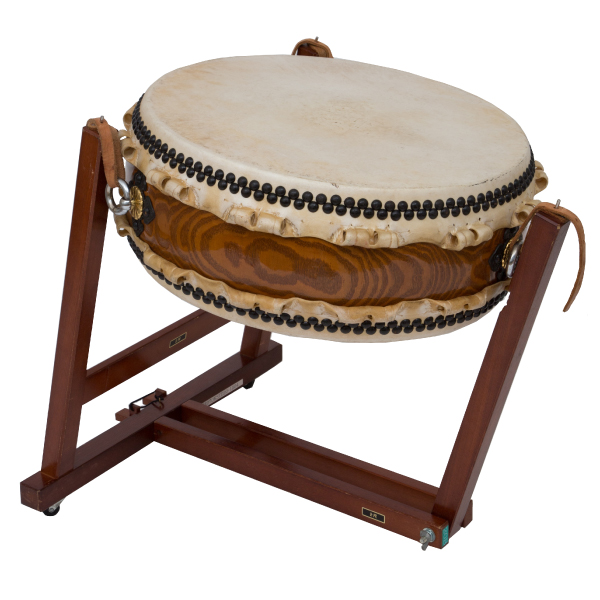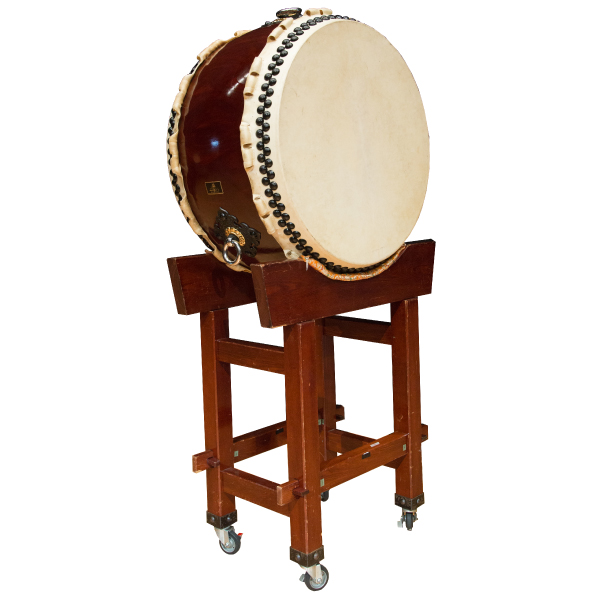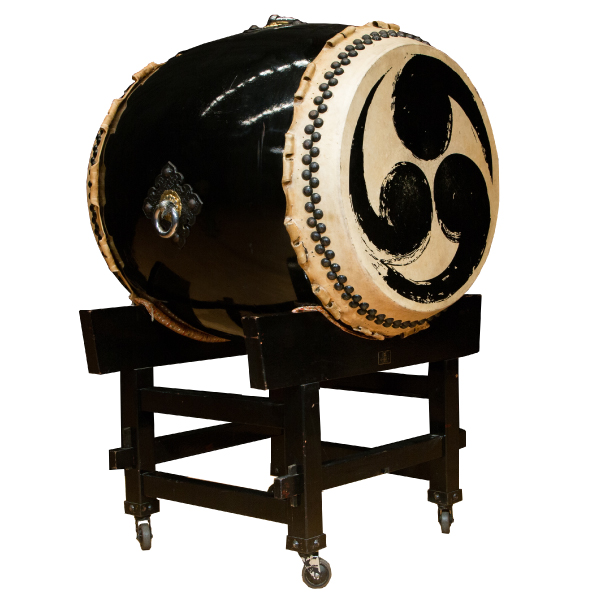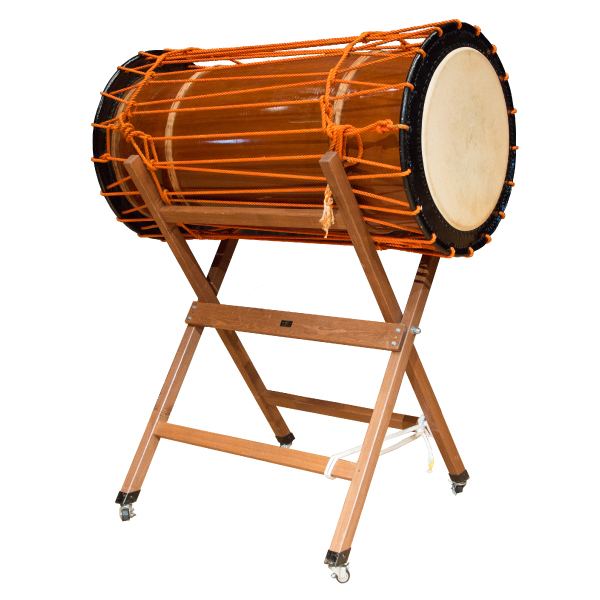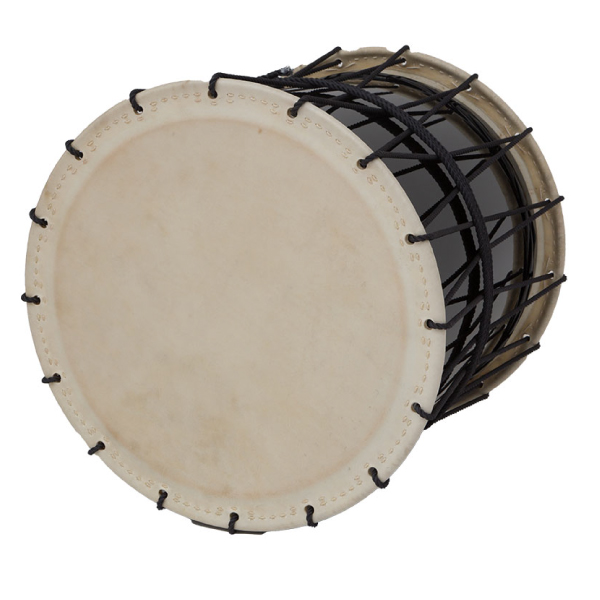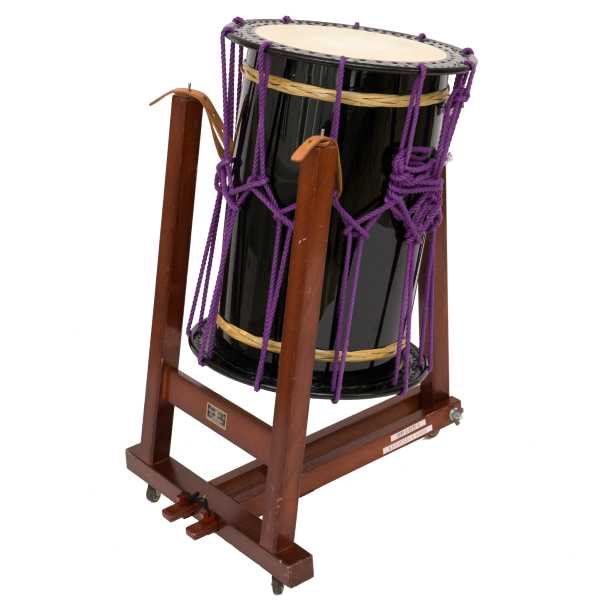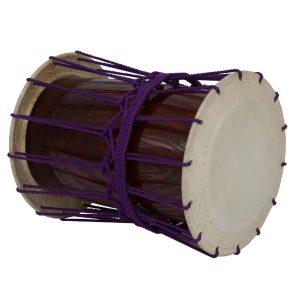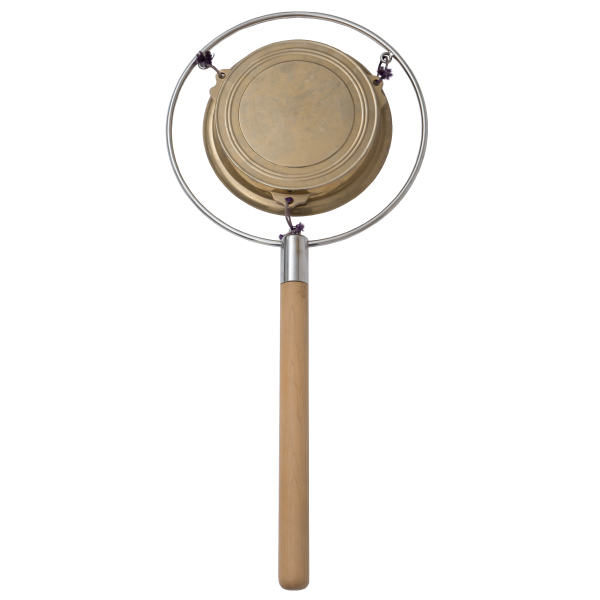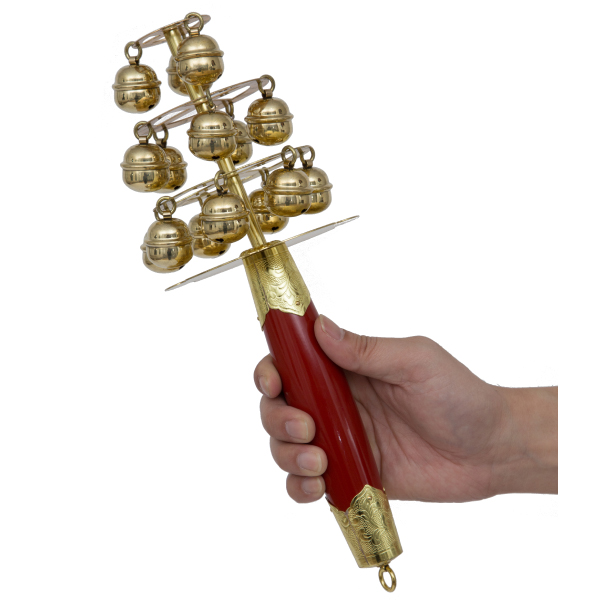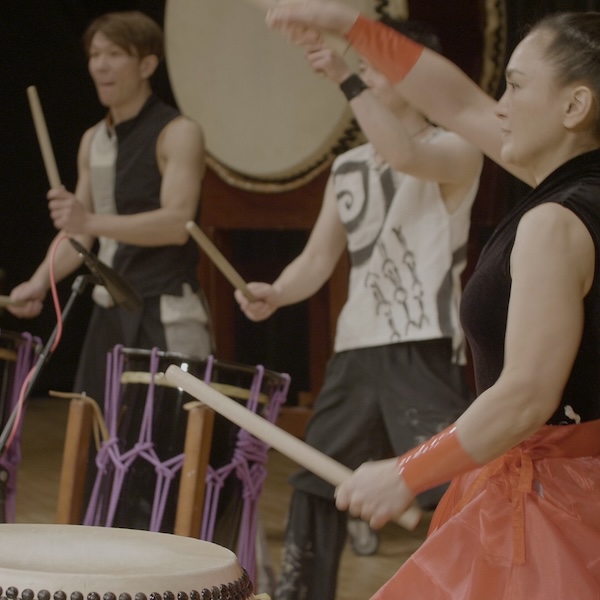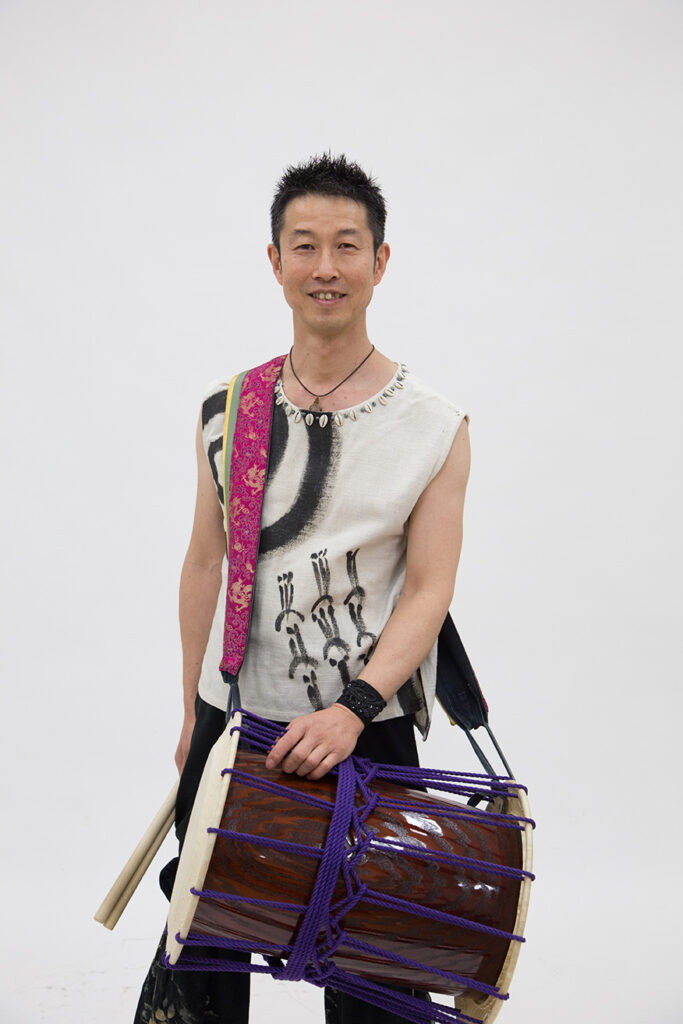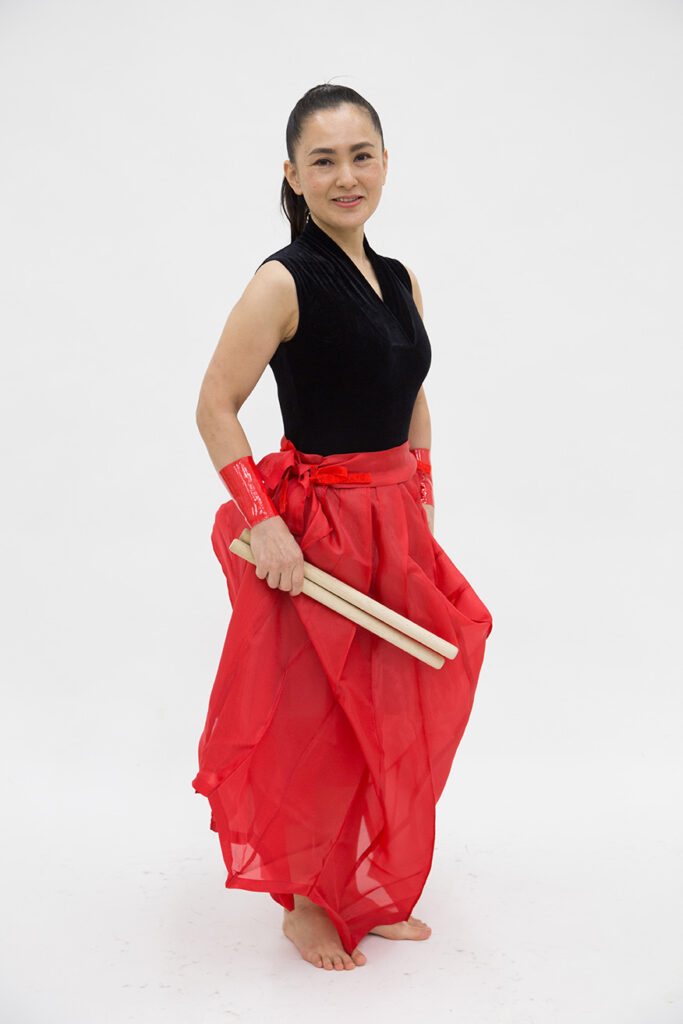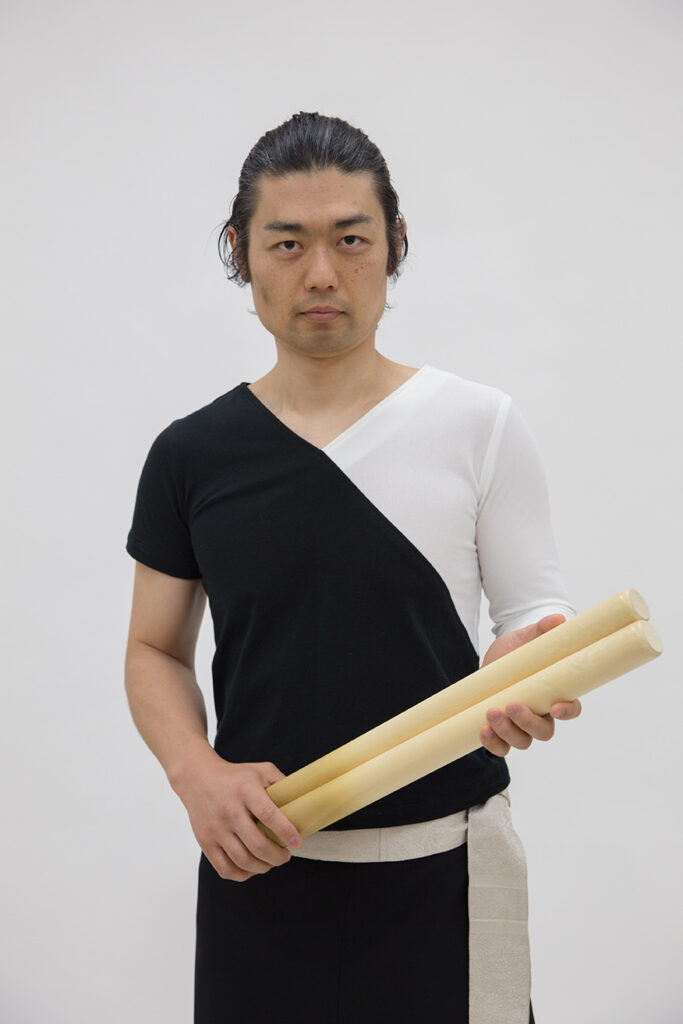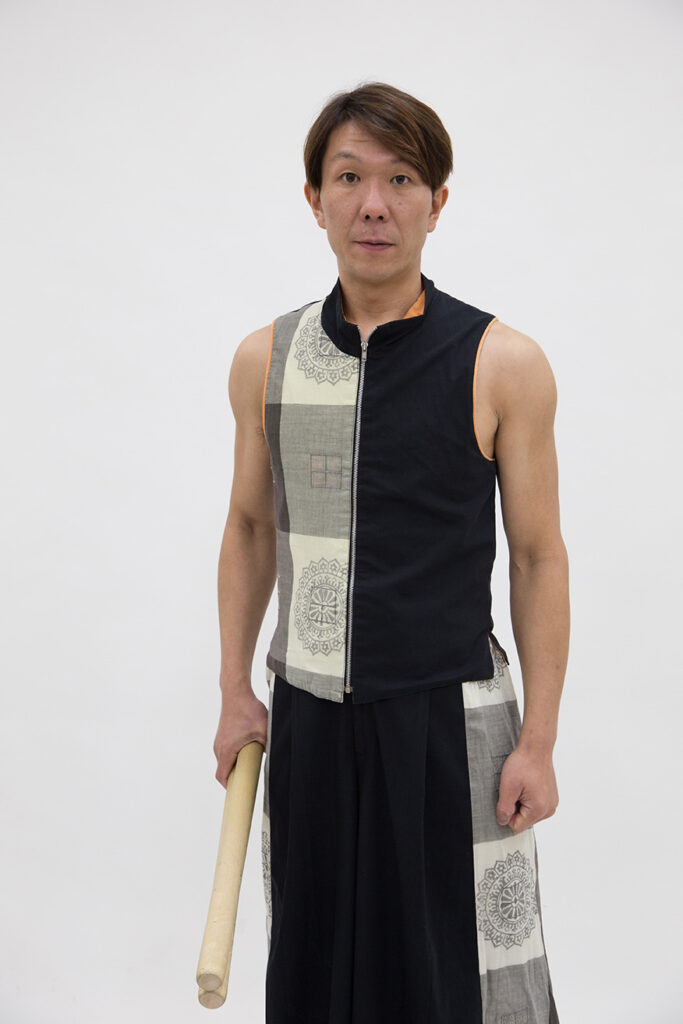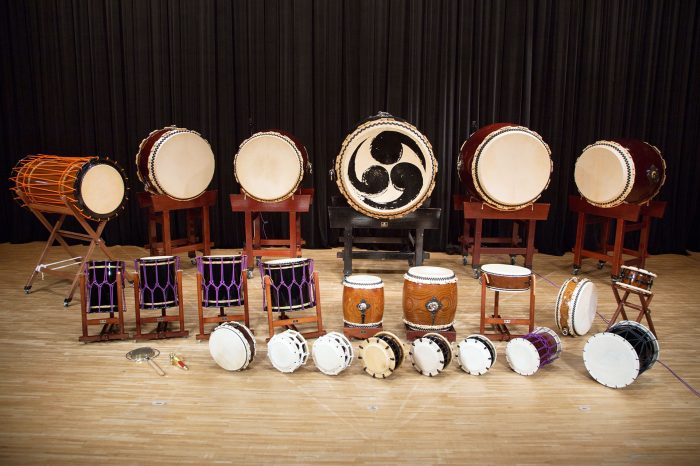This is not a bunch of sound effects or gimmicks. These are incredibly realistic taiko sounds recorded collectively as instruments. And the library makes it really easy to recreate these sounds.
One thing I’m really thrilled about is the ability to create tonal characteristics not just through volume but also by specifying the hit position. The selection of articulations is huge too. TAIKO THUNDER is perfect for writing music on the road with Kodo because you can produce tracks with a laptop with the same feel as performing on real taiko drums.
read more
Yuki Hirata
Kodo Taiko Performing Arts Ensemble
Being taiko drummers, we know what taiko instruments really sound like. And TAIKO THUNDER delivers genuine taiko sounds.
With this library, you can add authentic taiko drum sounds not just to Japanese music but to movie soundtracks, anime, games, and many other music categories. Because it brings out the most of taiko’s magic, we are positive that TAIKO THUNDER will elevate your music as well.
read more
Takuya Era
DRUM TAO
Rewriting the book on taiko sample packs
Sonica Instruments released the world’s first realistic taiko sample pack, Japanese Taiko Percussion, back in 2008 to global acclaim. In the 16 years that have followed, we have completely reshaped the library, crafting a brand-new, next-generation product.
We enlisted the finest recording engineers to capture taiko performances by Japan’s elite percussionists in some of the best halls in Japan. The samples were then painstakingly edited by Japanese taiko experts to ensure the library delivers every nuance of the taiko sound, even down to how the drumheads reverberate in the air.
TAIKO THUNDER: The Ultimate Collection is essentially 20 separate titles, as it provides unique instrument interfaces for 16 types of taiko drums as well as the chappa, shoko, and kagurasuzu percussion instruments, kakegoe calls, and other elements essential for a taiko ensemble. The interfaces are designed to be as realistic as possible, with instrument-specific articulations, parameters, graphics, and multiple play modes.
Single-sided taiko instruments
- Tsukeshime-daiko 1.1
- Tsukeshime-daiko 1.2
- Tsukeshime-daiko 1.22
- Tsukeshime-daiko 1.3
- Nagado-daiko 1.2
- Nagado-daiko 1.6
- Nagado-daiko 2.7
- Hirado-daiko 2.0
- Ohhira-daiko 3.3
- Ohdaiko 3.4
- Ohdaiko 4.0
- Okedo Eitetsu 1.8
- Okedo-daiko 2.8
Double-sided taiko instruments
- Katsugi Okedo 1.4
- Katsugi Okedo 1.7
- Shimeshishi-daiko
Metallic percussion instruments
- Chappa
- Shoko
- Kagurasuzu
Vocal sound effects
- Kakegoe
Customization to suit every situation and instrument variation
TAIKO THUNDER comes with a more advanced version of the unique sound modelling technology developed for our Virtuoso Japanese series titles. This modelling technology enables natural-sounding pitch adjustments as well as adjustments for the hitting position, head tension, bachi thickness, drum body size, and many other parameters, with independent controls for the left and right hands. As a result, we can confidently say this library encompasses every possible taiko sound, allowing you to journey through any sonic landscape you like, from modern taiko ensembles to rare kagura ceremonial dances.
To capture every element of the taiko sound, we recorded all samples in 96 kHz / 24-bit resolution at seven microphone positions, for a total of eight microphone channels including a well-balanced stereo mix. This multi-mic mixing versatility lets you recreate a diversity of sounds and soundstages.

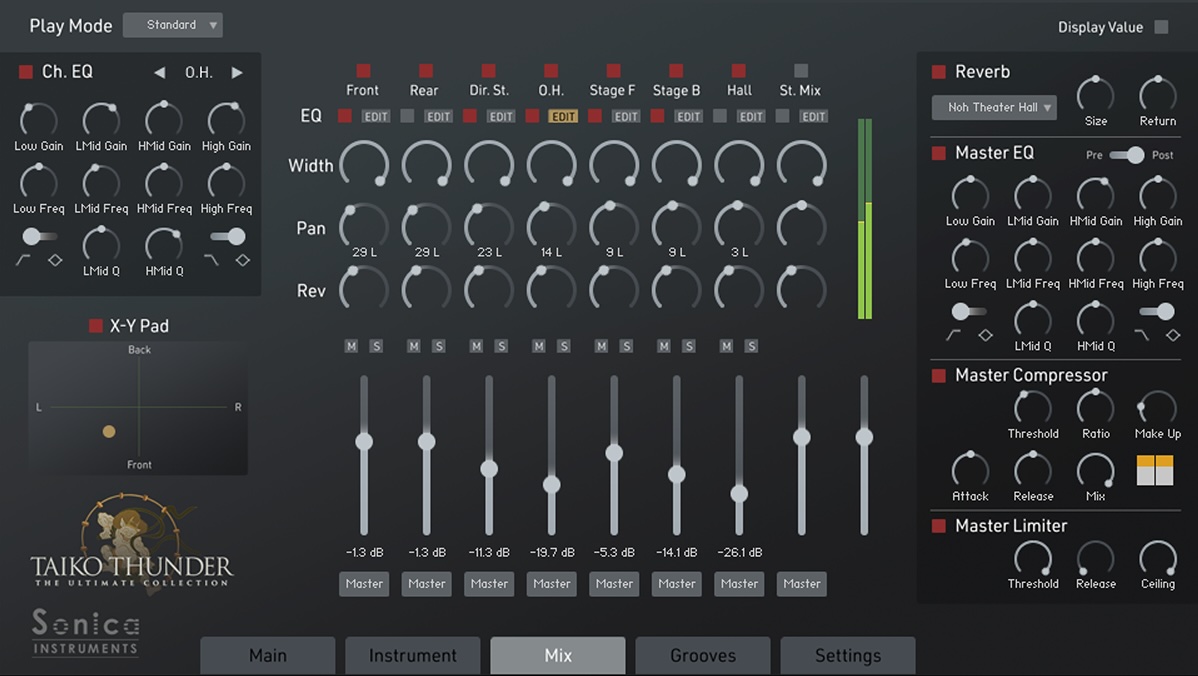
Play modes include support for drum pads
TAIKO THUNDER has three different play modes. The Standard mode lets you play with one hand by manipulating key switches. The Advanced mode arranges all articulations along a keyboard, which not only makes it easier to input beats by hand but also can be used to play like a real taiko. The third Pad mode is specialized for MIDI drum pads.
Pad mode supports generic MIDI pads and electronic drums. It is also optimized for TAIKO-1, Roland’s electronic taiko instrument. The TAIKO-1 is a versatile instrument equally adept for music production and live performances.
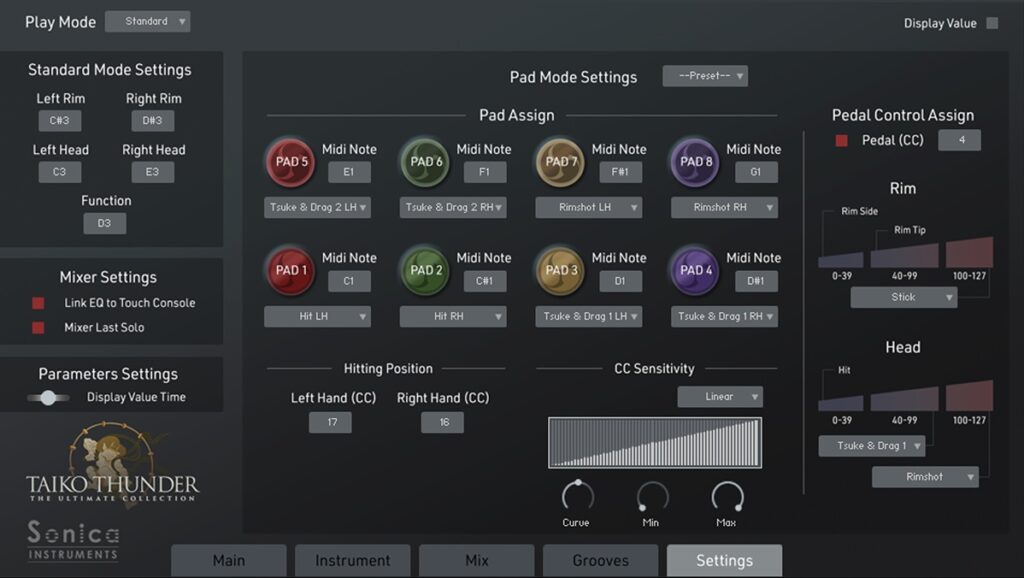
Unparalleled recording sessions captured legendary taiko sounds exactly as they are
The mission of the Virtuoso Japanese Series concept is to bring the authentic sounds of Japanese instruments to sound creators the world over. TAIKO THUNDER: The Ultimate Collection carries on this mission.
Because the most important process in creating a sample library is, of course, capturing the samples, we obsessed over every detail of the sampling process. For example, we worked with The Asano Foundation for Taiko Culture Research, a taiko producer located in Ishikawa Prefecture with a history dating back more than 400 years. With their assistance, we arranged perfectly set-up taiko instruments in an Ishikawa hall known for its acoustics. Then, with a world-class recording engineer at the controls and elite taiko performers who know the instruments inside and out, we painstakingly recorded every individual hit contained in the library.
To record every part of the taiko’s massive sound image and complex resonances, we used multiple close mics, overhead mics, and mics positioned to capture the sounds in front of the stage, behind the stage, and the hall’s overall ambience. The mic signals were ultimately fed to seven channel faders and recorded. The result is a perfect reproduction of the instruments’ soundscape and atmosphere. And having multiple mic channels provides the flexibility to modify the soundscape and atmosphere how ever you like to get your desired sound.
- Taiko performers: Ryutaro Kaneko, Machiko Asano, Kan Hayashi, Jun Takada
- Instruments provided by Asano Taiko
- Recorded in the Crane Hall in Hakusan, Ishikawa
- Recording engineer: Masahito Tobisawa
- Other equipment provided by Media Integration, Inc.
- Overall production and direction: Tomohiro Harada, Sonica Instruments


